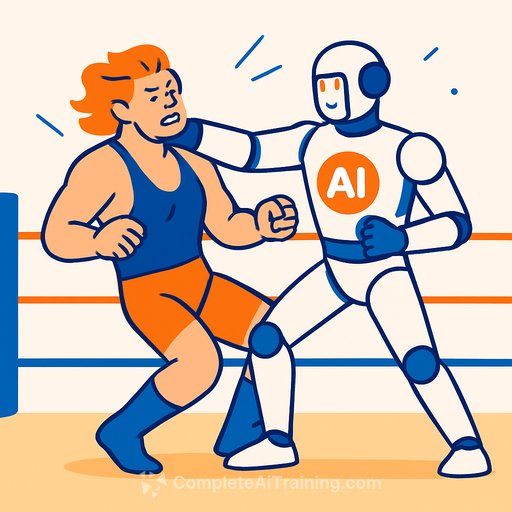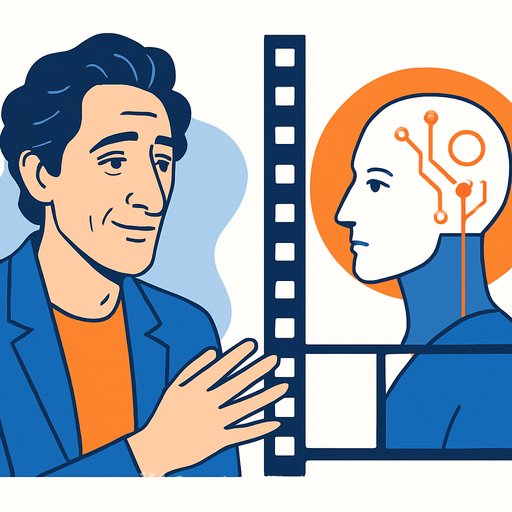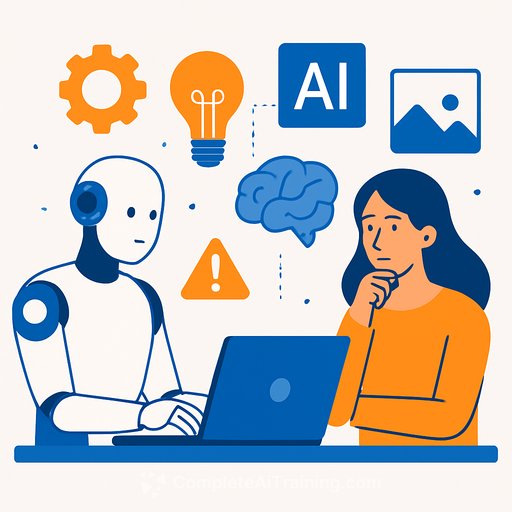WWE's AI push is a warning shot for creative teams
WWE is testing AI in creative. Early outputs reported by the Wrestling Observer Newsletter were off-base and tone-deaf, reinforcing what many creatives already know: context, crowd psychology, and timing are not optional in storytelling. They're the whole job.
This isn't about being anti-tech. It's about using tools without gutting the craft.
What WWE is testing
A new Senior Director of Creative Strategy, Cyrus Kowsari, was introduced by Paul "Triple H" Levesque to integrate AI across video, graphics, and even storyline development. WWE has reportedly partnered with Writer AI and is training systems on WWE content. The internal belief, per reporting, is that AI will influence story direction once "bugs are worked out."
Early outputs: why the room laughed
One example cited: an AI-generated program for AEW's Bobby Lashley that assumed he was still with WWE and pitched a character "obsessed with Japanese culture and history." That's not just a fact error; it's a failure to read tone, history, and fan expectations. Another promotion that trialed AI for pitches allegedly found it couldn't track pro wrestling logic or continuity.
Pro wrestling is built on layered lies, callbacks, and crowd heat. Miss one layer and the whole bit collapses.
Why AI stumbles on story
- Continuity math: Week-to-week canon, factions, injury angles, and long-term payoffs require a memory that understands significance, not just tokens.
- Humor and sarcasm: Deadpan, heel work, and crowd-led improv are brittle. Models flatten that nuance.
- Context over content: Movesets and promos are data. Audience trust is context. AI can remix the former and still violate the latter.
- Ethics and optics: Gimmicks can backfire fast if cultural cues are mishandled, especially by pattern-matching systems.
The corporate pressure behind the bet
Leaders want throughput and cost savings. That creates "productivity theater" - visible adoption that signals innovation even if outcomes suffer. The term "enshittification" explains how platforms degrade under this pressure; the same gravity applies to creative operations.
If you care about product quality, you should care about the energy and grid load AI adds, and about the strategic shortcuts it invites. For background on these dynamics, see this explainer on platform decline from Cory Doctorow here.
Practical takeaways for creatives
- Use AI as a prompt buddy, not a head booker. Idea seeds and alt phrasings? Sure. Character turns and canon calls? Human-only.
- Keep a human showrunner. One person (or a small council) protects tone, continuity, and stakes.
- Build a living canon bible. Characters, history, off-limits tropes, and long-term arcs. Gate all AI drafts through this.
- Red-team for heat. Before a pitch reaches talent, test for cultural misreads, legal/PR risk, and fan blowback.
- Measure what matters. Track fan sentiment, segment retention, and merch lift - not document count or tokens used.
- Define hard stops. No AI on: live promos, sensitive storylines, identity-based gimmicks, or tribute angles.
- Data hygiene first. Don't feed internal scripts, unreleased plans, or talent contracts into third-party tools.
A sane workflow template
- Discovery: Human sets story goals and constraints.
- Exploration: AI generates alt beats and prompts within a sandbox.
- Curation: Human picks 10%, rewrites 90%.
- Continuity check: Human council validates canon, tone, and long-term payoff.
- Talent pass: Performers shape dialogue and delivery.
- Safety pass: Legal/PR reviews sensitive content.
- Pilot and iterate: Small audience test, then scale.
If your execs mandate "add AI," ask this
- What problem are we solving - speed, cost, or quality? Pick one.
- What's the success metric tied to audience outcomes?
- What content is off-limits? Put it in writing.
- Who owns mistakes - and do we have a kill switch?
- What budget covers data labeling, red-team reviews, and human rewrites?
- How are talent rights and consent handled for training data?
- What's the comms plan if outputs go public and flop?
What wrestling - and creative work - still needs
Pro wrestling lives on timing, crowd psychology, and earned emotion. Machines can help with scaffolding, but they can't feel the room. Keep humans in the chair, and treat AI like any other tool: useful, bounded, and accountable.
If you're exploring practical upskilling without losing the craft, this curated list of roles-based courses can help you pressure-test tools against real workflows: Complete AI Training by job.
The bottom line
WWE's experiment is a live case study. If the goal is better stories, AI can support research and options - not replace judgment. The crowd will tell you what's working. Let that be the metric that decides how far any tool goes.
Your membership also unlocks:






